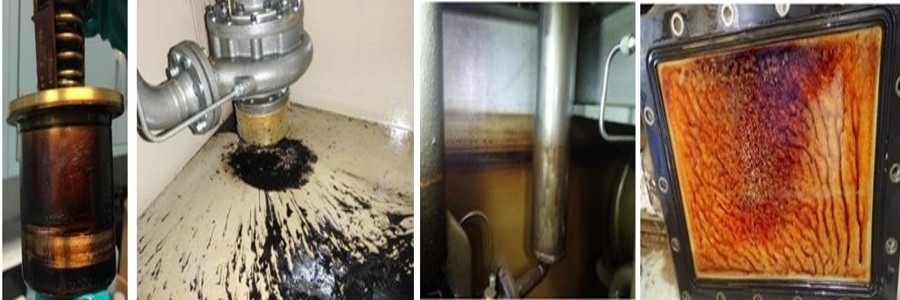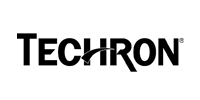Sludge and Varnish deposits – Is there a way to beat it?


It is tempting to dismiss and often underestimate varnish as just another soft, sticky, grimy contaminant that clings to gas turbines. Yet, in-depth research and studies have proven otherwise. There is a side to this rather innocuous-looking grime that makes every energy corporation bring its most innovative and resilient technology forth.
A coating that adheres to internal surfaces, varnish and sludge deposits can wear out equipment components, restrict performance and ultimately cause failures. Taking different forms, from a sticky coating to a hard lacquer, and ranging in color from gray to brown to amber, the varnish is very destructive and hard to remove. These reasons are enough to realize that in order to vanquish varnish, one must really understand it.
Oxidation resulting from the thermal stressing of lubricating oil, and the products of oxidation, can lead to the creation of varnish in hydraulic control and lubricating oil systems. After oxidation and the development of free radicals into a merged form of varnish, these sticky deposits cling to the metal surfaces of the oil loop, namely piping, valves, heat exchangers, strainers, filters, and other sensitive equipment.
In turn, this growing film seizes other fine particulates on the sticky surface, which continues to build up around the particulates, forming an abrasive, destructive surface. Research has shown that deposits of polymerized oil oxidation products contribute to the weakening of gaskets and mechanical seals.
Other potential problems caused by the varnish in turbine systems include restriction and sticking of moving mechanical parts; increased component wear; increased friction, heat, and energy due to varnish's thermal insulation effect; autocatalytic deterioration of the lubricant; plugging of small oil flow orifices and oil strainers; reduction in filter efficiency and potential filter plugging; journal bearing failure; increased maintenance costs because of cleanup and disposal of oil.
Heat is the root cause of varnish. Without an efficient removal system for oil oxidation products, the varnish contamination level in the oil will unavoidably grow until it beats the capability of the inhibitors. For every 10°C rise in operating oil temperature, the rate of oil oxidation doubles. Microdieseling is one cause of hot spots in the oil. This is the shrinking of entrained air bubbles when the oil passes through a high-pressure pump in the hydraulic circuit. Another cause of hot spots is the production of spark discharges. This powerful heat caused by static discharges literally cooks the oil, creating oil molecule fragments that exhaust antioxidant additives.
Even gas turbines that push peaking units with low operating hours are not immune to oil oxidation and varnish formation. Rolling the turbines with the turning gear two to four hours every week reduces rotor bowing, and maintaining the circulation of lube oil at all times sustains reliability and availability. But, with these benefits comes the unfavorable side effect of furthering lube oil oxidation and varnishing.
Despite knowing the key factors involved in causing varnish, detailed research has proven that the application of traditional oil test methods as an early warning for the onset of oil varnish is either futile or provides limited information.
Conventional oil cleaning methods that include strainers, centrifuges, vacuum dehydrators, and mechanical media filtration are effective in removing water and hard contaminants, along with some larger soft contaminants. However, removing varnish and the by-products of oil oxidation that form varnish requires the removal of the insoluble submicron soft oxidation products. The most effective method is continuous electrostatic oil cleaning, which addresses contamination well beyond conventional means.
This is where Vartech industrial cleaner makes a difference. A two-step, clean-and-control solution with high saving potential. VARTECH Industrial System Cleaner is an inimitable blend of triple action technology and a streamlined cleaning process. Vartech technology uses advanced lubrication chemistry which hinders the development of varnish precursors, products of oil degradation that can deposit on internal surfaces and accumulate over time. In short, one gets remarkable oxidation stability, less degradation, and long oil life, which can not only lead to varnish control but also maximize operational efficiency while ensuring high cost-efficiency and time saving.
Lastly, if you are looking to vanquish varnish and sludge deposit, then look no further than Vartech Industrial System Cleaner. It is the answer to your every question related to varnish.





























